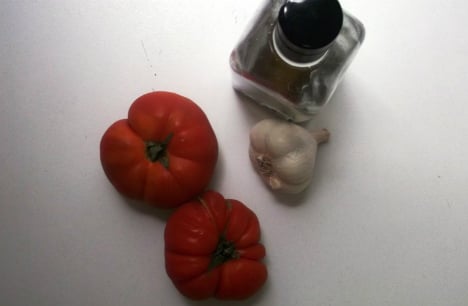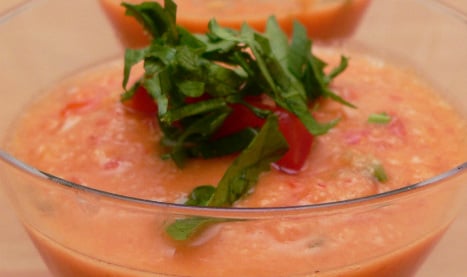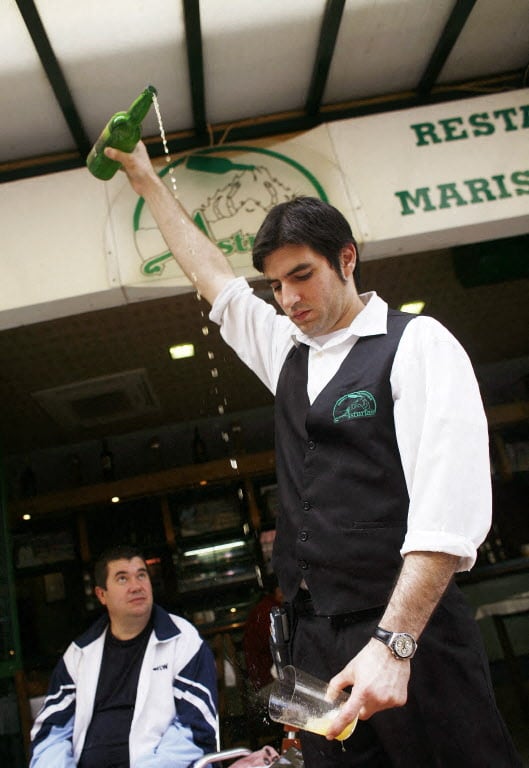Spain has been sweltering under a seemingly neverending heatwave since the end of June, and one – perhaps unsurprising – effect is that sales of summer food have skyrocketed.
Spaniards are sticking to what they know, with gazpacho – a cold tomato soup typical during the summer months in Spain – and Horchata – a refreshing drink made from tiger nuts – among the favourites.
Gazpacho sales have risen by 51 percent during the heatwave, while horchata sales are up 46 percent according to consultancy Nielson.
For Asís González de Castejón from Nielson, one reason for the sharp increase in sales is the severity of this summer’s temperatures in comparison to last year’s cooler summer:
“Two such different summers have led to spectacular growth, especially during the second week in July when sales of summer foods rose by 14.5 percent,” he told Spanish news agency Efe.
The Spanish idiom “de gazpacho no hay empacho” meaning “You can't get enough of a good thing” epitomizes the Spanish love affair with this cold tomato soup.
Originally a classic from Andalusia, at the height of the summer gazpacho becomes a staple of menu del dias the length and breadth of Spain.
The ice-cold low calorie cold soup usually served during the hottest part of the day will energize anyone suffering in the current heatwave.
It can be drunk in a tall glass with ice or sipped from a spoon from a serving topped with cubed raw ingredients and croutons.
Every family will have its own recipe but its constituent parts are tomatoes, garlic, olive oil and cucumber. Sometimes with bread and peppers added.

Photo from the Lentils on Friday blog by Anneke Kooijmans
How to make gazpacho:
Madrid-based food blogger Anneke Kooijmans shares her favourite gazpacho recipe with The Local. She can be found writing about gazpacho and other Iberian favourites at Lentils On Friday.





 Please whitelist us to continue reading.
Please whitelist us to continue reading.
Member comments